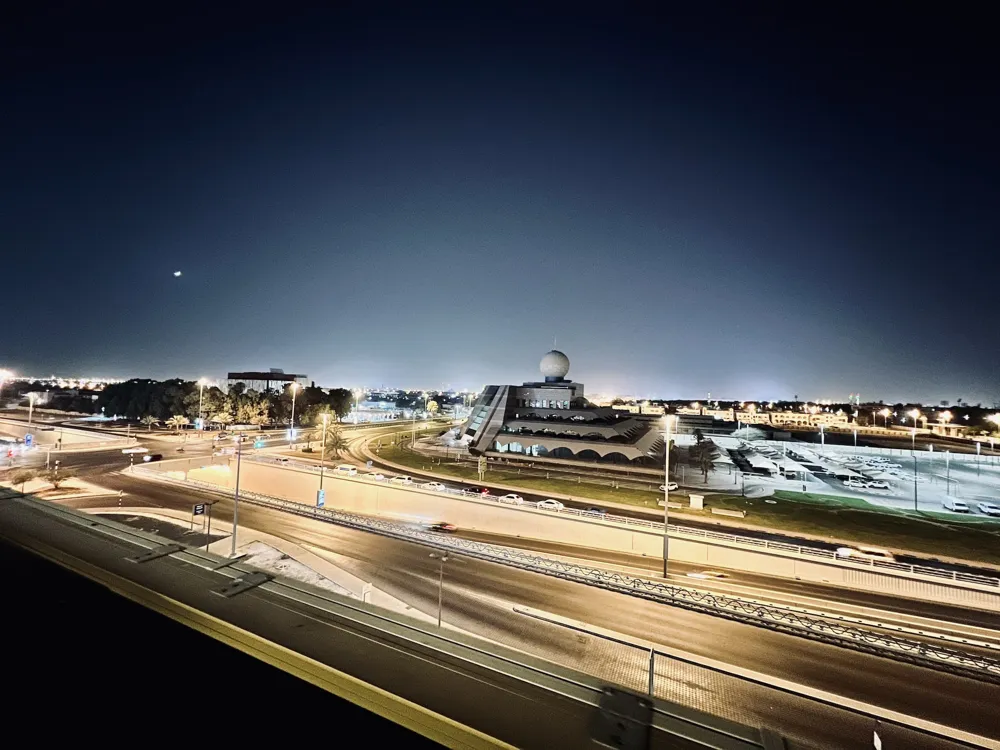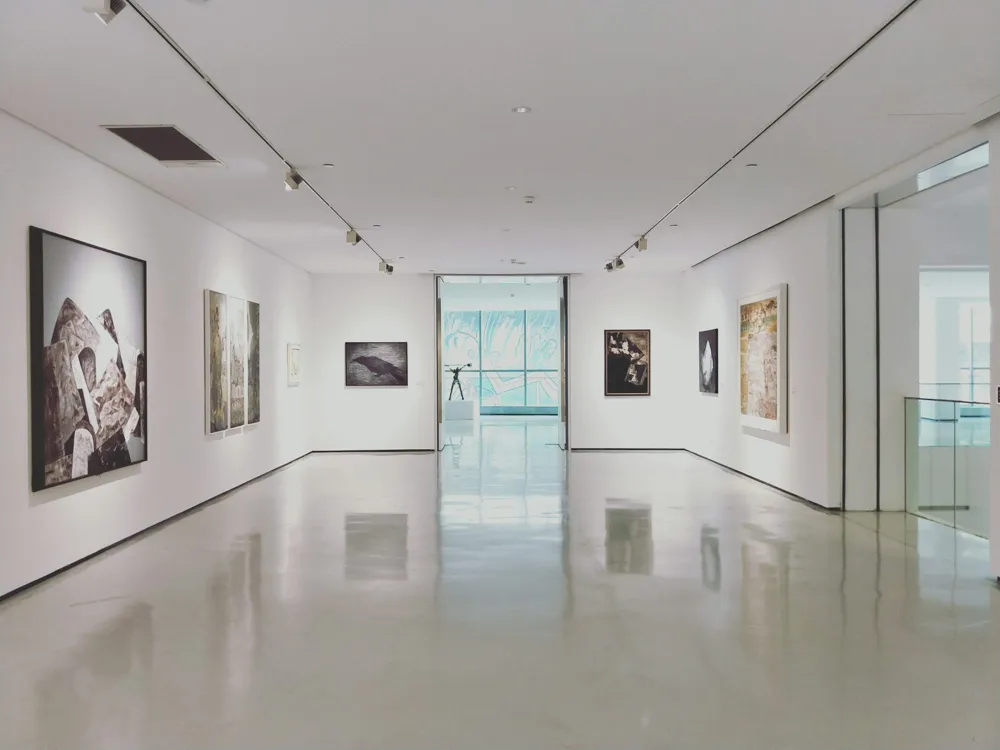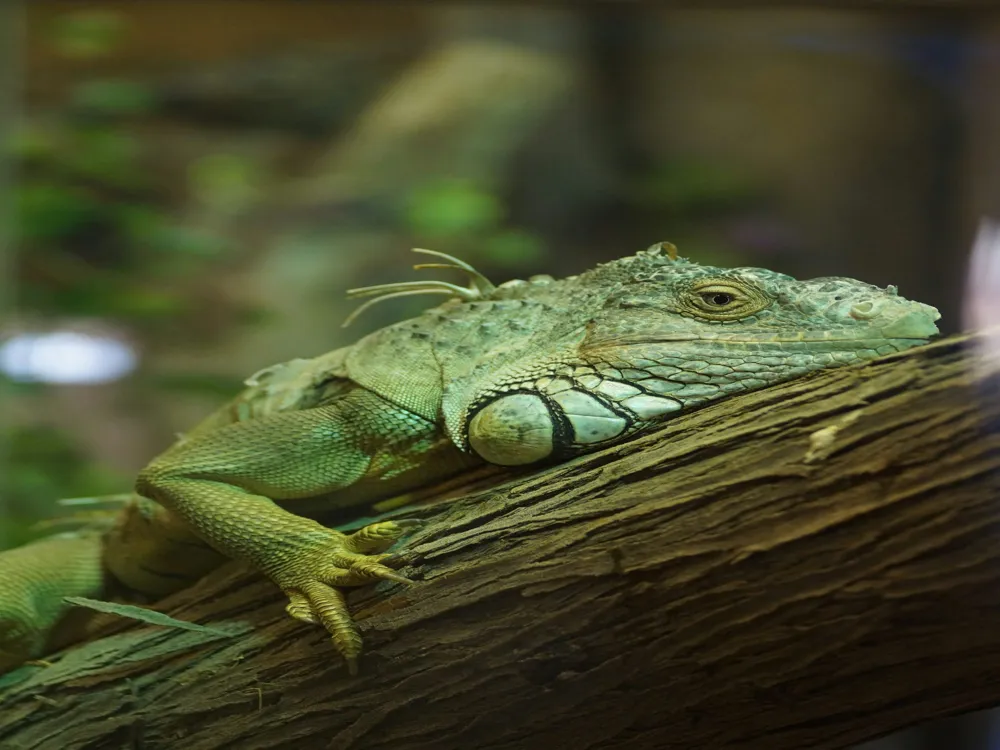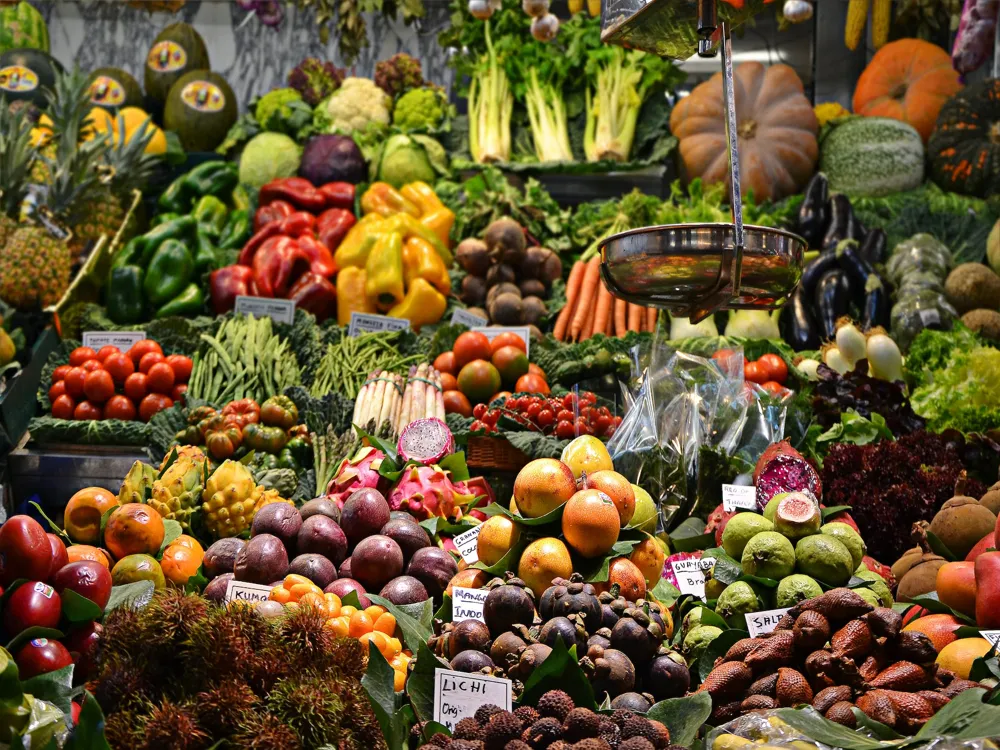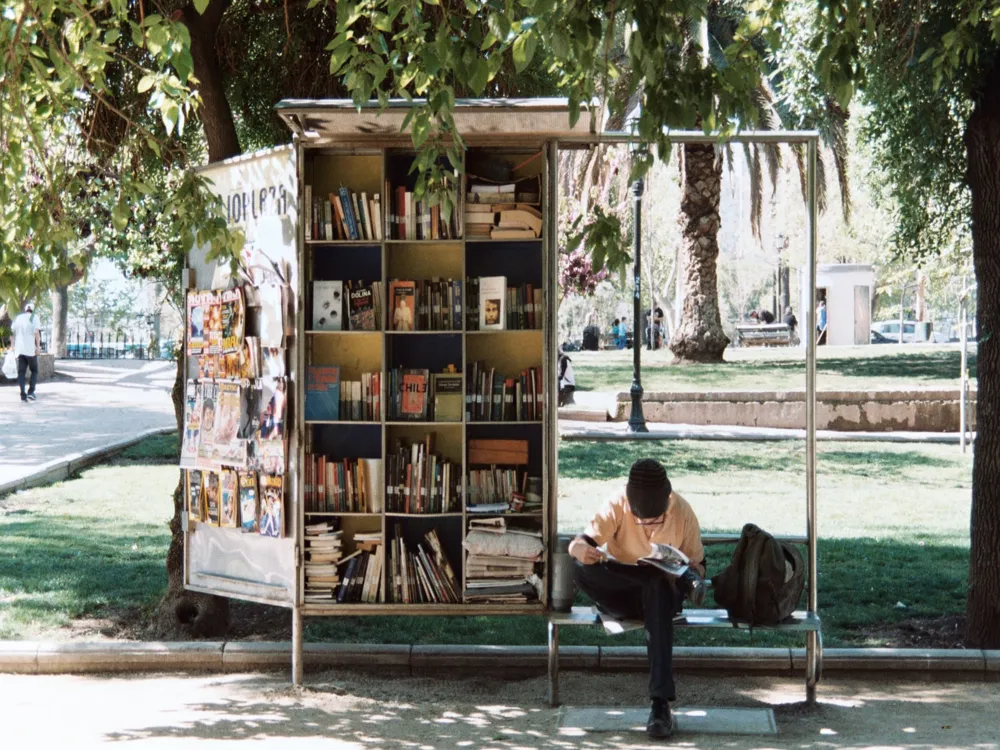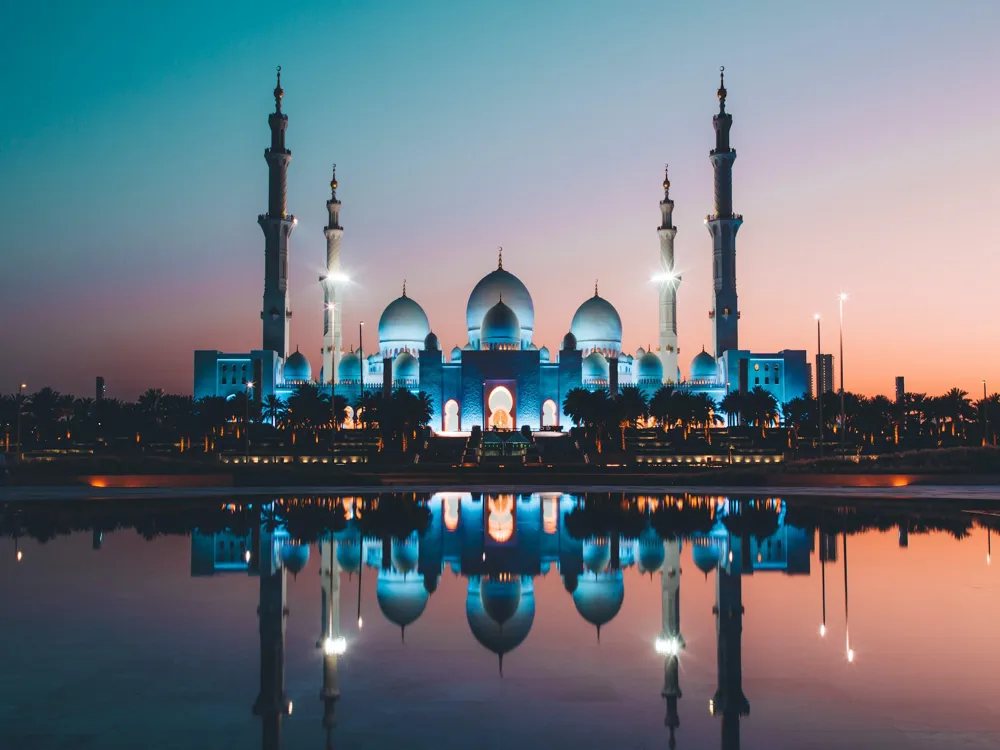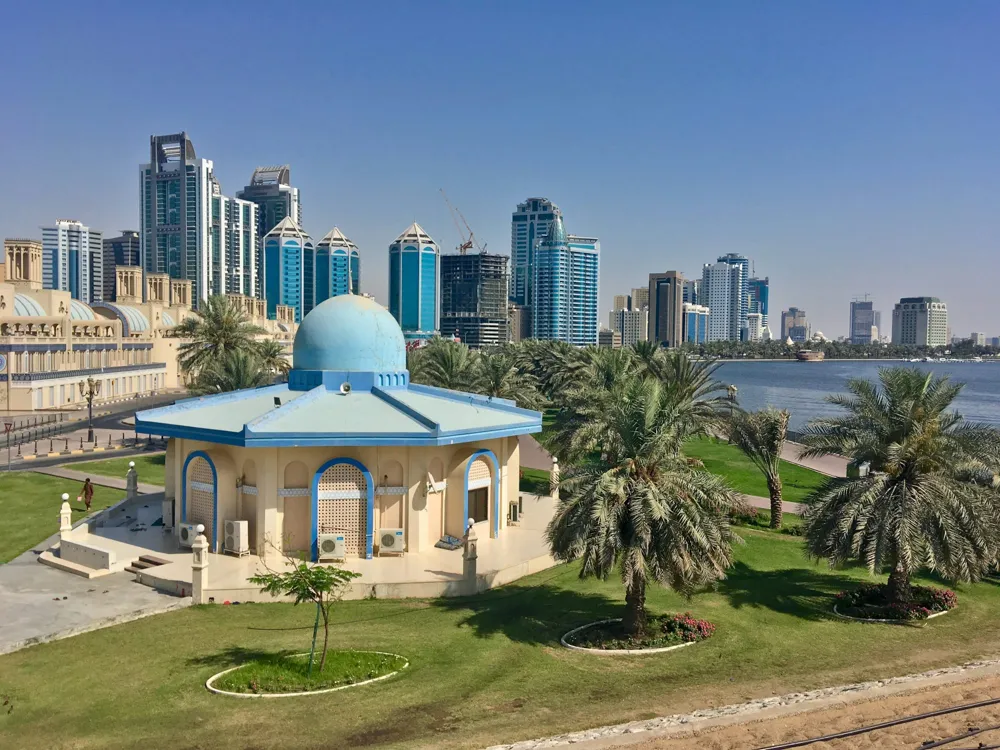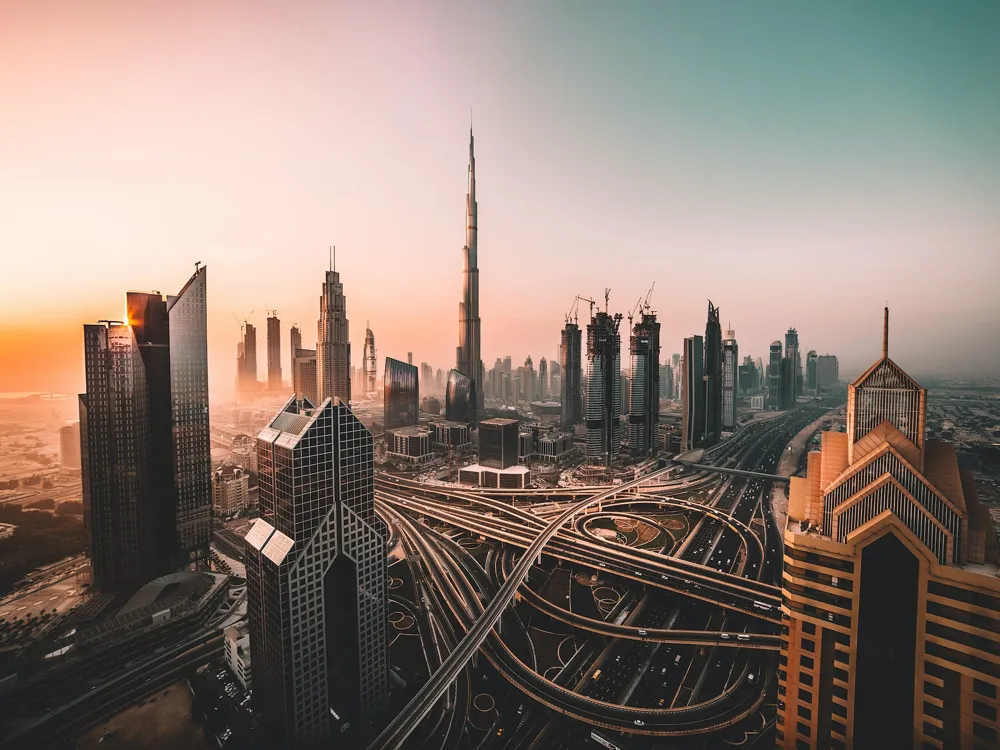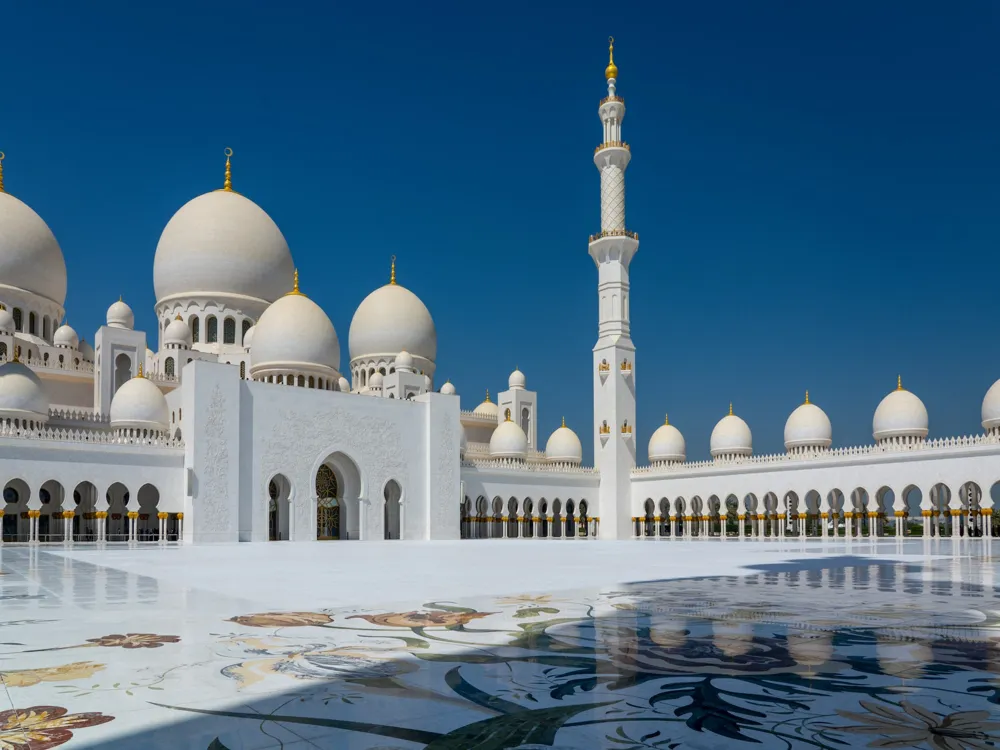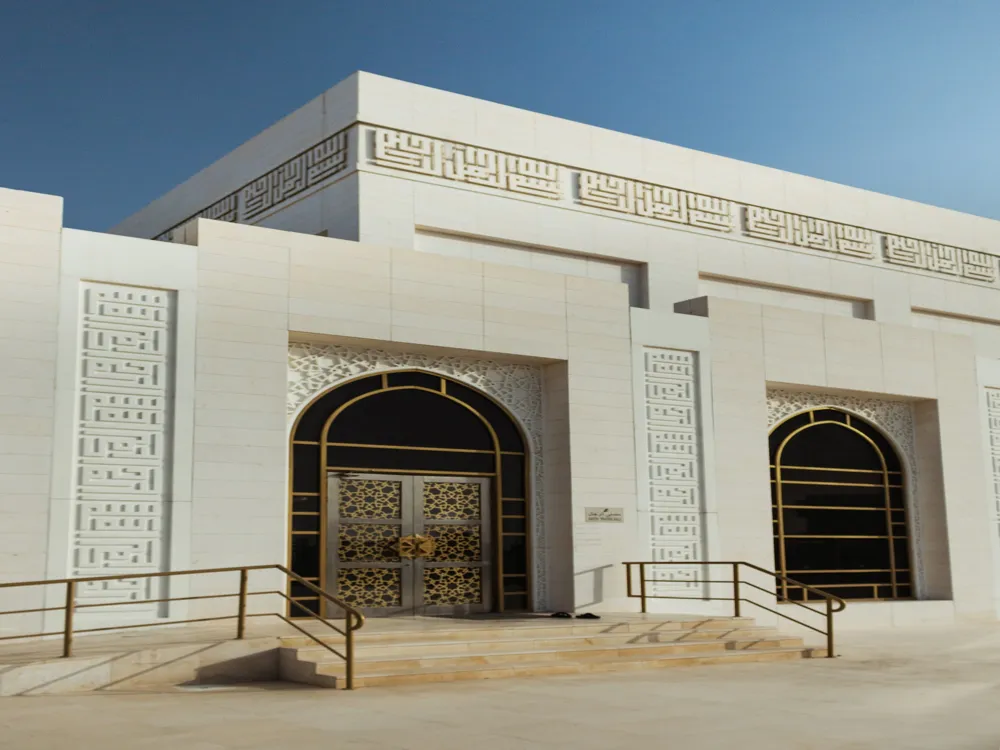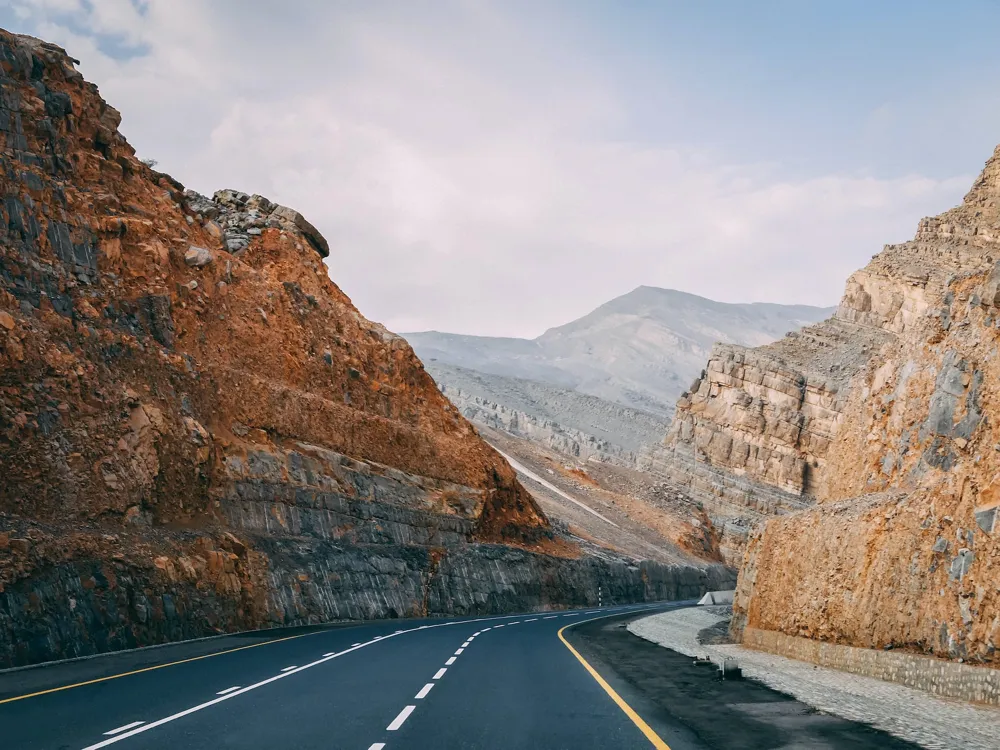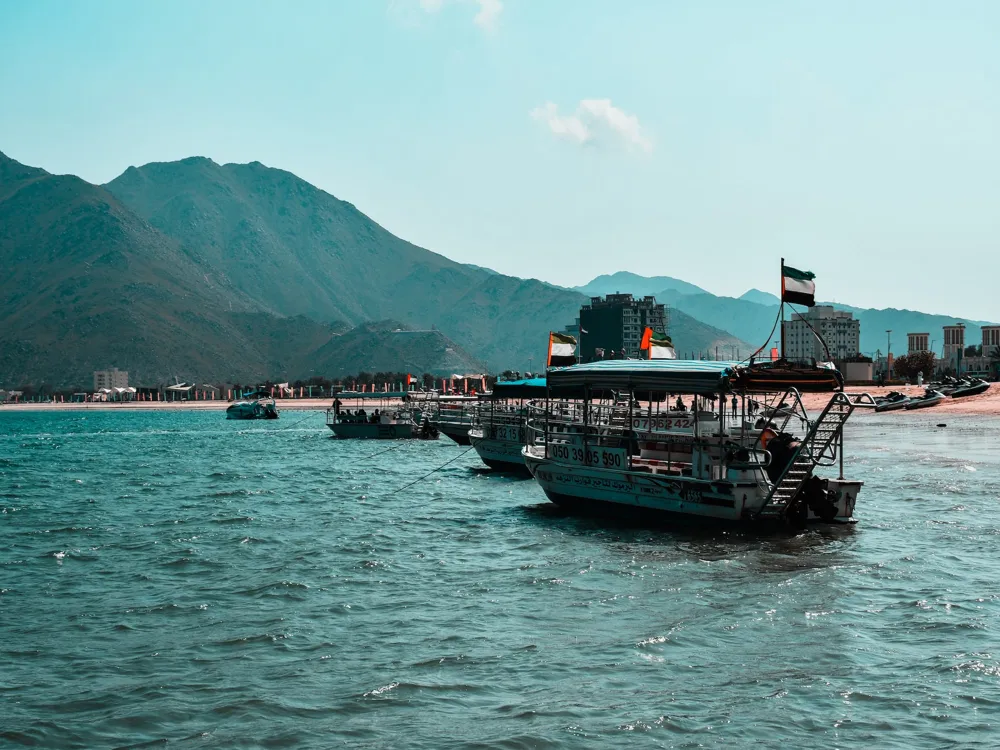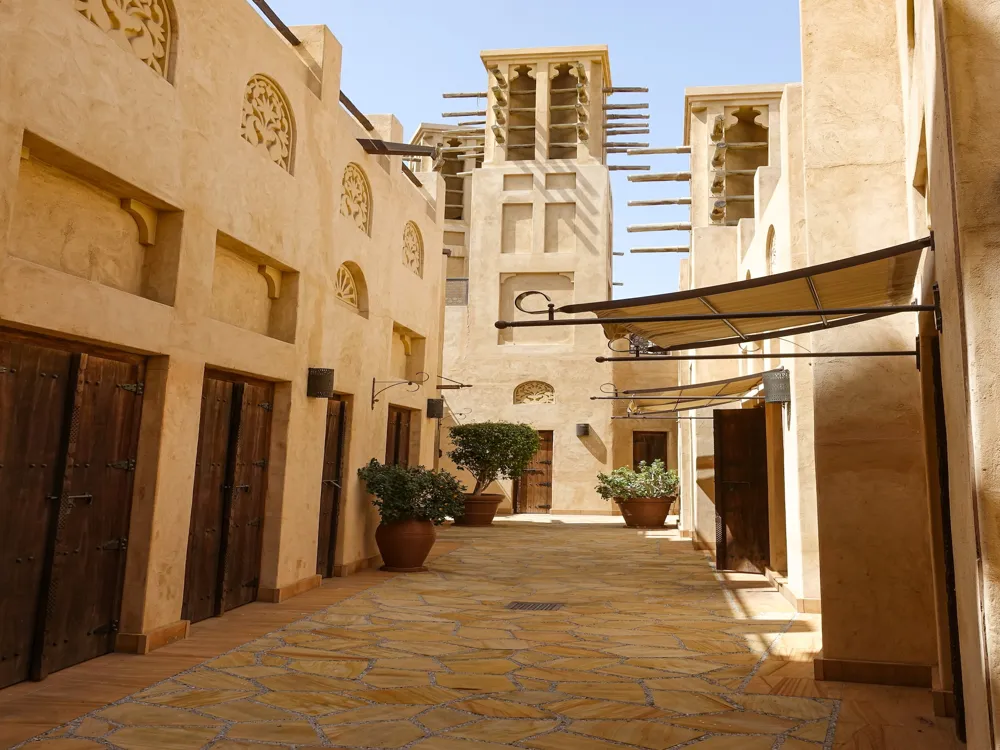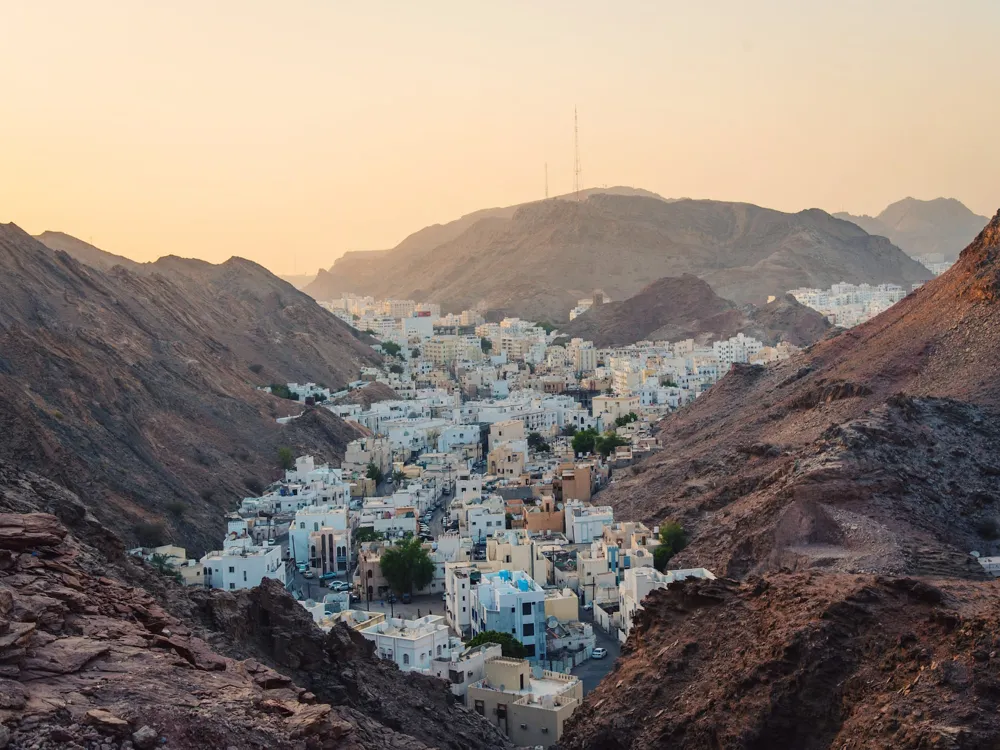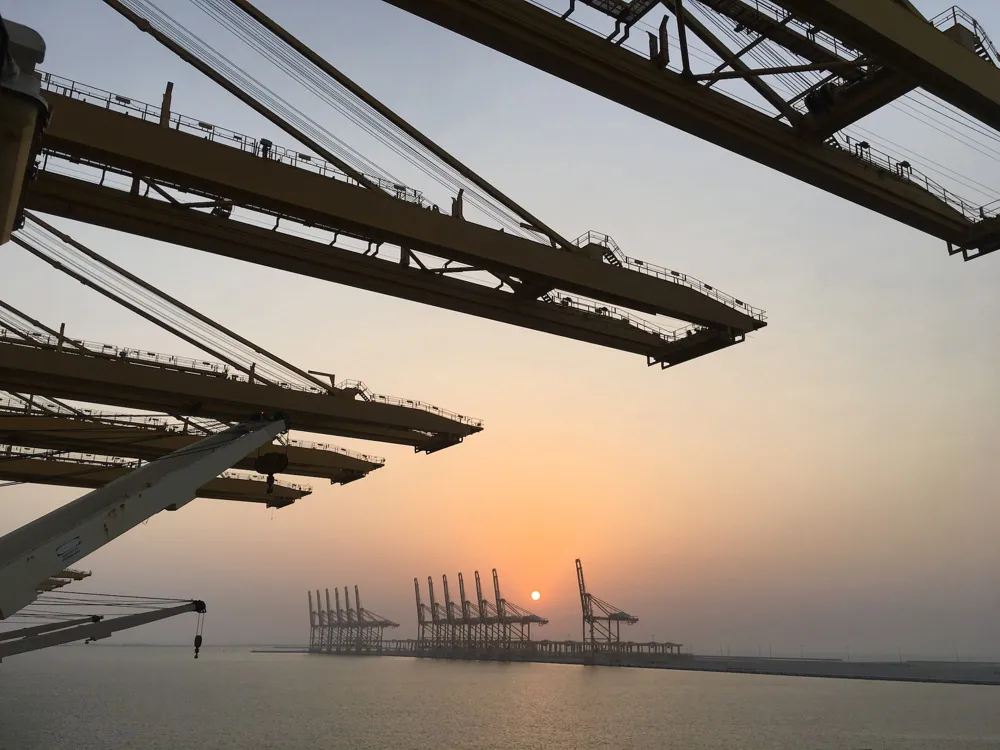The Al Ain Palace Museum, nestled in the heart of Al Ain city, is a beacon of the United Arab Emirates' rich history and cultural heritage. Originally the residence of the late Sheikh Zayed Bin Sultan Al Nahyan, the founding father of the UAE, this museum offers a glimpse into the royal lifestyle and the region's fascinating past. The palace, transformed into a museum in 1998, showcases the Emirati way of life before the oil boom. It stands as a testament to the country's rapid development and the preservation of its deep-rooted traditions. As you wander through its rooms, you'll encounter a variety of exhibits that tell the story of the Al Nahyan family and provide insights into the political history of the region. The museum displays a collection of family portraits, historical documents, and personal belongings of the ruling family. Each room, with its distinct purpose and decoration, narrates a different aspect of the royal family's life, reflecting the domestic life in the Emirates before modernization. The architecture of the museum itself, which will be discussed in detail later, is a significant part of the experience. The traditional design elements and the use of locally sourced materials provide a genuine feel of the Emirati environment of the past. The palace grounds, with their lush gardens and tranquil courtyards, offer a serene escape from the city's hustle and bustle, allowing visitors to reflect on the country's journey from a quiet desert community to a bustling global hub. The Al Ain Palace Museum is a marvel of traditional Arabian architecture, reflecting the aesthetic and functional aspects of the region's building heritage. The museum's layout is characterized by its simplicity and symmetry, which is typical of traditional Emirati architecture. The structures within the palace complex are primarily made from natural materials such as mud brick, palm wood, and stone, which were readily available in the region. One of the most striking features of the palace's architecture is the use of courtyards. These open spaces, surrounded by rooms, served as central gathering spots for family and social activities. They also played a crucial role in the passive cooling of the buildings, providing a respite from the harsh desert heat. The museum's courtyards are adorned with traditional Arabian motifs and include water features that add to the overall tranquility of the space. The museum's design also incorporates elements like wind towers (Barjeel), which are traditional to Emirati architecture. These towers are an ancient form of air conditioning, designed to catch cooler breezes and direct them into the interior spaces, thus reducing the indoor temperature. The use of decorative lattice work on windows and doors, not only adds to the aesthetic appeal but also provides privacy while allowing natural light and air to filter through. As visitors explore the museum, they will notice the intricate detailing in the woodwork, the vibrant colors in the wall decorations, and the use of traditional textiles. Each element within the palace is carefully curated to represent the cultural and historical narrative of the Emirati people, making the architecture of Al Ain Palace Museum a crucial part of the country's heritage preservation efforts. The ideal time to visit the Al Ain Palace Museum is during the cooler months from November to March. This period offers pleasant weather, making your exploration of the outdoor areas and gardens more enjoyable. Additionally, visiting during the morning hours helps avoid the larger crowds that tend to arrive in the afternoon. Taking a guided tour can greatly enhance your experience at the museum. These tours provide valuable insights into the history and significance of the exhibits, as well as stories about the royal family. Check the museum’s schedule for guided tour timings. As a mark of respect to the local culture, visitors are advised to dress modestly. This means avoiding overly revealing clothes and ensuring that shoulders and knees are covered. While photography is allowed in most areas of the museum, there are certain sections where it is prohibited. Look out for signage indicating photography restrictions, or inquire with museum staff. The museum is equipped to accommodate visitors with disabilities. There are ramps and other facilities to ensure a comfortable visit for everyone. Al Ain Palace Museum is accessible by various modes of transportation. For those driving, there is ample parking available at the museum. Public transport options include buses and taxis, which are readily available in Al Ain city. The museum is well-signposted and easy to locate for first-time visitors. For international tourists, the nearest airport is the Al Ain International Airport, from which the museum is just a short drive away. Read More:Overview of Al Ain Palace Museum
Architecture of Al Ain Palace Museum
Tips When Visiting Al Ain Palace Museum
Best Time to Visit
Guided Tours
Dress Code
Photography Restrictions
Accessibility
How To Reach Al Ain Palace Museum
Al Ain Palace Museum
Al Ain
NaN onwards
View al-ain Packages
Weather :
Tags : Museum
Timings : Daily: 8:30 AM to 7:30 PM; Friday: 03:30 PM to 7:30 PM. Closed on Mondays
Entry Fee : Free
Planning a Trip? Ask Your Question
Al-ain Travel Packages
View All Packages For Al-ain
Top Hotel Collections for Al-ain

Private Pool

Luxury Hotels

5-Star Hotels

Pet Friendly
Top Hotels Near Al-ain
Other Top Ranking Places In Al-ain
View All Places To Visit In al-ain
Faq on Al-ain
What is Al Ain Palace Museum?
The Al Ain Palace Museum is a historic site located in Al Ain, United Arab Emirates. It was once the residence of the ruling family and has been preserved as a museum showcasing the region's cultural heritage.
What can visitors expect to see at Al Ain Palace Museum?
Visitors can explore the beautifully restored rooms of the palace, including the majlis (reception room), bedrooms, and courtyards. The museum displays traditional Emirati architecture, furnishings, and artifacts, providing insight into the region's history and culture.
Are there guided tours available at Al Ain Palace Museum?
Yes, guided tours are available for visitors who want a deeper understanding of the palace's history and significance. Knowledgeable guides provide insights into the lifestyle of the ruling family and the traditions of the region.
How much does it cost to visit Al Ain Palace Museum?
Admission fees to the museum are nominal, with discounts available for children, students, and seniors. Some days may offer free entry or special promotions, so it's advisable to check ahead of time.
Is photography allowed inside Al Ain Palace Museum?
: Photography is permitted inside the museum, allowing visitors to capture the beauty of the palace and its exhibits. However, flash photography may be restricted in certain areas to preserve delicate artifacts.
View al-ain Packages
Weather :
Tags : Museum
Timings : Daily: 8:30 AM to 7:30 PM; Friday: 03:30 PM to 7:30 PM. Closed on Mondays
Entry Fee : Free
Planning a Trip? Ask Your Question
Al-ain Travel Packages
View All Packages For Al-ain
Top Hotel Collections for Al-ain

Private Pool

Luxury Hotels

5-Star Hotels

Pet Friendly
Top Hotels Near Al-ain
Other Top Ranking Places In Al-ain
Faq on Al-ain
What is Al Ain Palace Museum?
The Al Ain Palace Museum is a historic site located in Al Ain, United Arab Emirates. It was once the residence of the ruling family and has been preserved as a museum showcasing the region's cultural heritage.
What can visitors expect to see at Al Ain Palace Museum?
Visitors can explore the beautifully restored rooms of the palace, including the majlis (reception room), bedrooms, and courtyards. The museum displays traditional Emirati architecture, furnishings, and artifacts, providing insight into the region's history and culture.
Are there guided tours available at Al Ain Palace Museum?
Yes, guided tours are available for visitors who want a deeper understanding of the palace's history and significance. Knowledgeable guides provide insights into the lifestyle of the ruling family and the traditions of the region.
How much does it cost to visit Al Ain Palace Museum?
Admission fees to the museum are nominal, with discounts available for children, students, and seniors. Some days may offer free entry or special promotions, so it's advisable to check ahead of time.
Is photography allowed inside Al Ain Palace Museum?
: Photography is permitted inside the museum, allowing visitors to capture the beauty of the palace and its exhibits. However, flash photography may be restricted in certain areas to preserve delicate artifacts.







